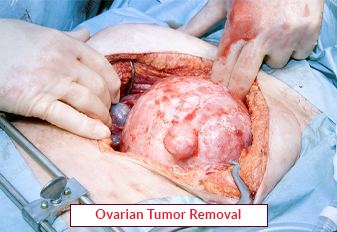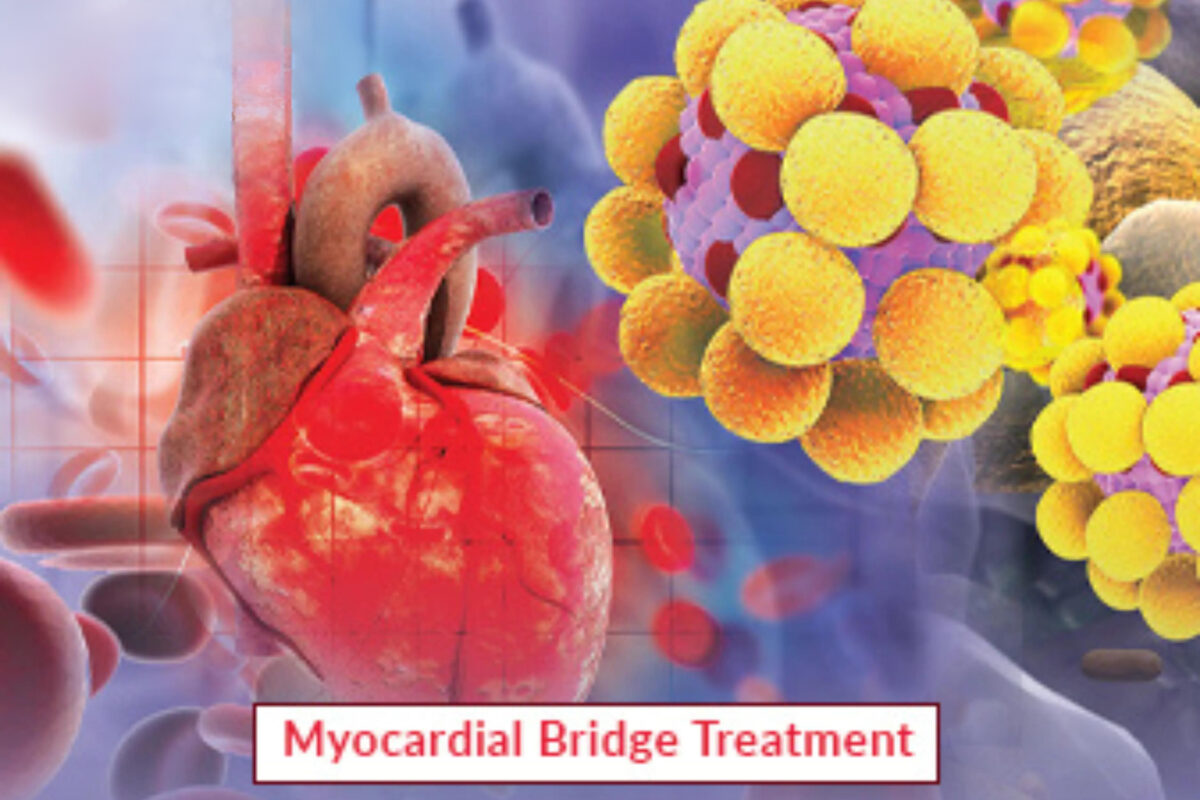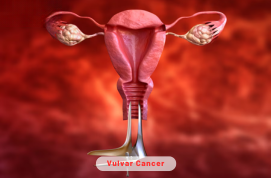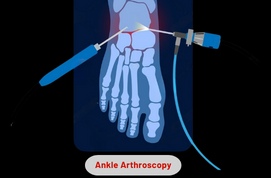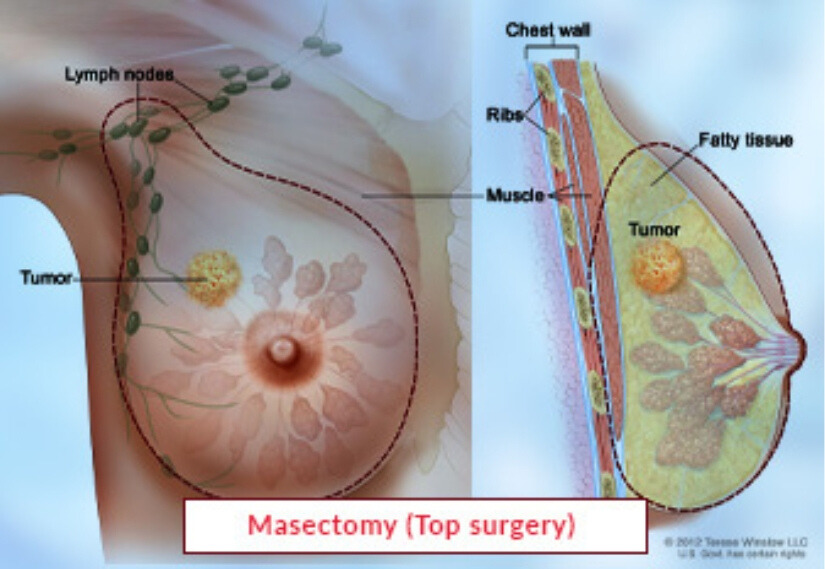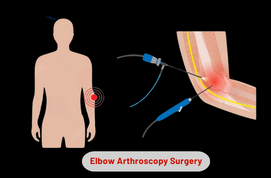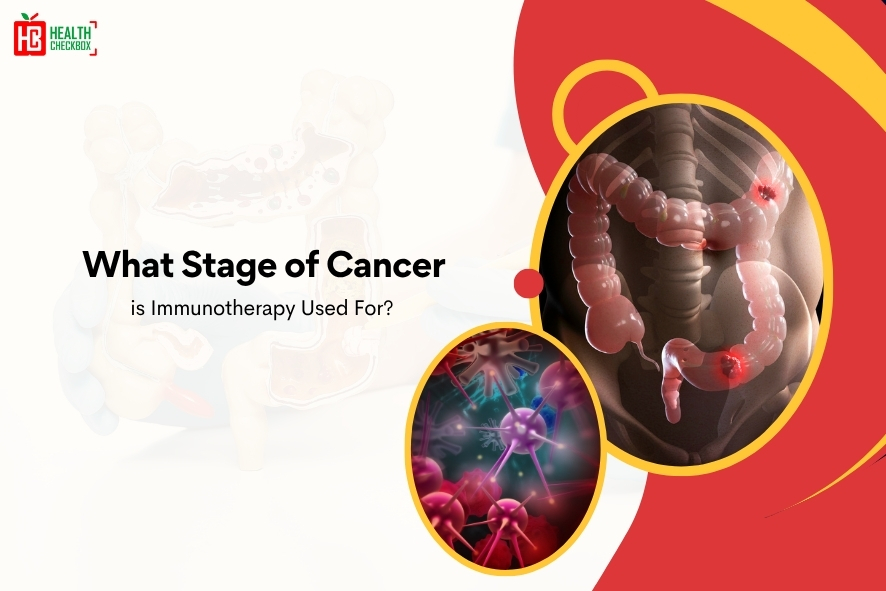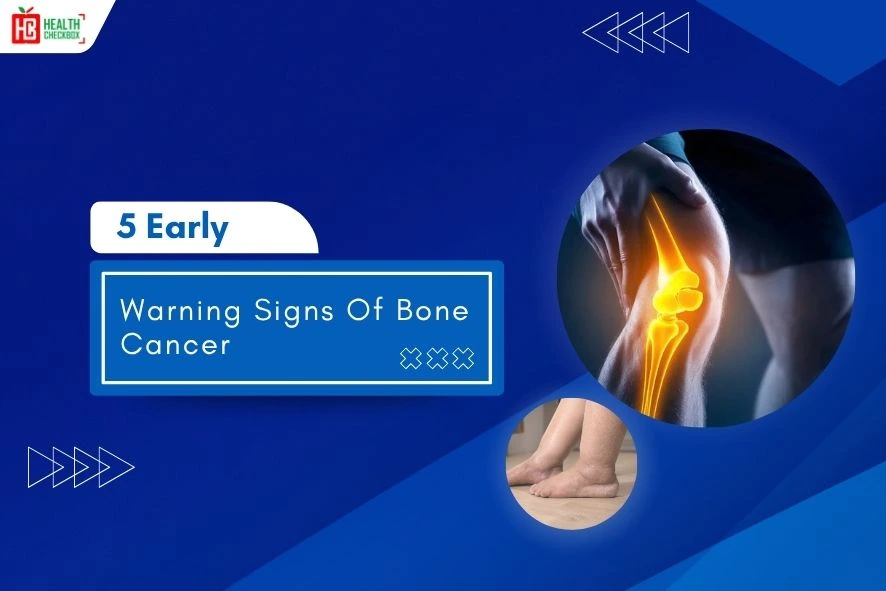It is a surgical procedure called ovarian tumor removal that is used to remove abnormal growths from the ovaries. Ovarian cancer is a condition that develops when the cells in the ovary multiply in an unreasonable manner. The cells start spreading quickly, and if not treated early, can greatly affect a woman’s daily routine. The female reproductive system is made up of two ovaries, one on either side of the womb. The ovaries, nearly the size of an almond, generate both eggs or ova and the chemicals estrogen and progesterone. Most of the women with such conditions have experienced menopause.
This is the third most common case of cancer that is noticed in women and is curable and depends on the stage and type of treatment. An accumulation of surgery and chemotherapy is normally the first-line treatment for ovarian cancer.
Types of Ovarian Tumor
The type of cell where this condition starts is the beginning point of the start of cancer. Consulting your doctor in the initial stages determines the best treatment options available. Ovarian cancer includes:
- Epithelial Ovarian Carcinoma: This variety is the most prevalent. Serous and mucinous carcinomas are two commonly 2 known types.
- Stromal Tumours: These uncommon tumors are typically detected at an earlier stage than other ovarian malignancies.
- Germ Cell Tumours: These rare ovarian malignancies usually develop at a younger age.
Causes of Ovarian Tumor
Some factors that cause ovarian cancer include:
- Family History: Someone in the family having ovarian cancer, breast cancer, or colon cancer can greatly increase the risk.
- Age Factor: As you grow old you are more likely to acquire this condition. Grownups are more prone to ovarian cancer.
- Gene Alterations: Inheriting a gene linked to family cancer syndromes. Women with genetic mutations have a high risk of developing this illness. Women who are of thirty-five years or older. Those who have never had a full-term pregnancy.
- Obesity: Women who are overweight make them highly vulnerable to this condition.
- Endometriosis: It is a condition where the tissues that line the inside of your womb grow outside the uterus.
- Pregnancy: A woman who has never been pregnant is more likely to get this illness.
- Hormone Replacement Therapy: Long-term use of estrogen-only hormone replacement therapy, especially more than five years, can slightly elevate the risk of this condition.
Symptoms of Ovarian Tumor
Different symptoms & signs include:
- Swelling or bloating in the abdomen.
- When eating, one feels a state of fullness.
- Loss of weight
- Irritation in the pelvic region
- Feeling of tiredness
- Pain in the back
- Constipation
- A frequent urge to urinate
Diagnosis for Ovarian Tumor Removal
Healthcare experts may recommend some tests. These are listed below:
- Pelvic examination
- Transvaginal ultrasound
- CT scan
- MRI
- Positron emission tomography scan.
- Chest X-rays are taken to look for metastatic cancer to the lungs.
Risk Factors for Ovarian Tumor Removal Treatment
This cancer cannot be totally eliminated, but certain things can be done to reduce the risks, including:
- Birth Control Pills: Taking such types of pills lowers the risk of ovarian cancer.
- Pregnancy and Breastfeeding: The more children a healthy woman produces, the lower the risk she carries with this condition.
- Genetic Testing: Hereditary characters increase the risk and one may need to remove the ovaries if the condition requires.
- Fiber-rich diet and plenty of water intake are vital to keep the body in perfect shape. This lowers the risk for acquiring this condition.
Procedure Ovarian Tumor Removal Surgery
Different types of surgery to treat ovarian cancer are listed as:
1. Surgery
- Procedure to Remove one Ovary: During the initial stages of cancer surgery is carried out to get rid of the ovary and fallopian tube are removed. This will retain your pregnancy.
- Procedure to Remove both Ovaries: In the case of being present in both ovaries. Then there is a need to remove both the ovaries as well as fallopian tubes. The uterus is retained here, and conceiving a child is possible with the help of one’s frozen embryos or eggs or with eggs from a donor.
- Procedure to Remove both Ovaries and the Womb: If the cancer is more critical, then the surgeon will take away the ovaries, the fallopian tubes, the uterus, nearby lymph nodes, and a part of fatty abdominal tissue.
2. Chemotherapy
- Drugs help to reduce this tumor. It is normally done after the surgery to kill any remaining cancer cells.
3. Targeted Therapy
- Drugs like bevacizumab can be used in conjunction with chemotherapy.
- They target specific molecules connected with cancer growth.
- Also, they are likely to enhance ovarian cancer treatment outcomes, particularly for recurrent or advanced cases.
4. Radiation Therapy
- High-energy X-rays are used to target and get rid of cancer cells.
Latest Health Tips
Can Immunotherapy Cure Stage 4 Lung Cancer?
Early Signs of Cervical Cancer
Foods that Kill Cancer: Leafy Vegetables, Grains, & More
What Stage of Cancer is Immunotherapy Used For?
Which is Worse for Cancer, Sugar or Alcohol?
Vaccines That Prevent Cancer
What Kills Cancer Cells in the Body Naturally?
Early Warning Signs of Bone Cancer
Submit Your Enquiry
Testimonials








